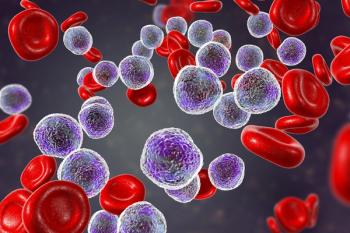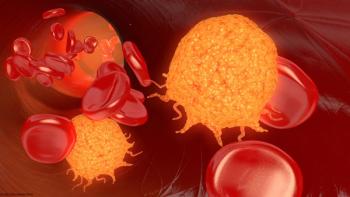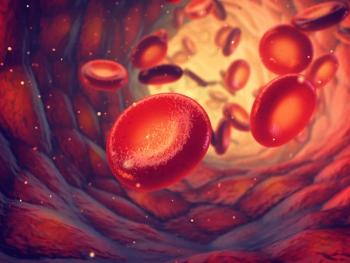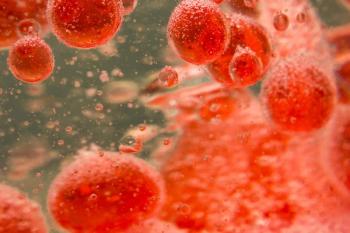
Similar Clinical Characteristics Could be Present in Both VHL-Mutant and Wild Type Clear Cell RCC
Patients with VHL-mutant and wild type clear cell renal cell carcinoma may have comparable clinical characteristics, although other genetic alterations may be at play.
Similar clinical characteristics may occur in those with VHL-mutant and wild type clear cell renal cell carcinoma (ccRCC), which may be attributed to other genetic alterations, according to study findings that were presented at the 2021 European Society of Medical Oncology Congress
Findings from this study demonstrate that this may have the potential to impact clinical trial treatment selection.
“Further study of ccRCC based on VHL mutations status in the clinical trial setting appears warranted,” Gennady Bratslavsky, MD, of SUNY Upstate University Hospital in Syracuse, New York, and colleagues wrote in the poster.
Researchers performed comprehensive genetic profiling in 948 patients with clinically advanced ccRCC to assess all classes of genomic alternation. Of these patients, 75% had VHL-mutated disease (median age, 62 years; 71% men) and 25% had VHL wild type ccRCC (median age, 63 years; 71% men).
Some of the significant differences in currently “untargetable” genomic alterations included higher TERT genomic alterations in patients with VHL wild type ccRCC (P = .007) and higher frequencies of SETD2 in those with VHL mutated ccRCC (P = .04). Patients with VHL mutated or VHL wild type ccRCC had similar frequencies of genomic alterations that could potentially be targeted except for MTAP deletions; these deletions were observed more frequently in patients with VHL wild type ccRCC (P = .03).
Researchers also assessed patients with genomic alterations associated with immune checkpoint inhibitor efficacy. In these patients, PBRM1 genomic alterations were significantly more frequent in those with VHL wild type disease compared with VHL mutated disease (P < .0001). Patients with ccRCC had low tumor mutational burden levels, with 1% to 2% of patients having levels above 10 mut/Mb.
Patients with VHL mutated ccRCC and those with VHL wild type disease often had low positive PD-L1 expression (1%-49% tumor cell staining). In addition, both groups rarely had high positive staining (≥ 50% tumor cell staining).
Reference
Bratslavsky G, Necchi A, Grivas P, et al. Comprehensive Genomic Profiling of VHL Mutated and VHL Wild Type Clear Cell Renal Cell Carcinoma. Presented at 2021 ESMO Congress; September 16-21, 2021; Virtual. Abstract 690P
Newsletter
Stay up to date on recent advances in the multidisciplinary approach to cancer.


















































































